
Langues disponibles :

Langues disponibles :
Daté : janvier 2014
Auteur : Edmundo Barrios
Summary: The purpose of the NaRIA Score Card is to provide a rapid assessment of the Natural Resource Integrity (NRI) status of farms to be involved in experimental work in Action Sites within Action Areas of the Humidtropics CGIAR Research Program. This would allow stratification of study farms according to initial NRI status when analyzing results of large numbers of participatory on-farm trials to be conducted at each Action Area.
Dimensions Used: Landscape context, soil erosion, soil organic matter, soil nutrient availability, soil biological activity, pests diseases and weeds
Methodology: Within each dimension an assessment of various parameters are made and then subjectively scored on a colour chart from blue (good) to red (bad).
Usage: Paper form. No help provided for analysis - simply a count of the number of parameters fitting in each colour category.
Relevance to CCRP: Moderate. Indicators are subjective but also confusingly scored (e.g. for "pests diseases and weeds" the category "Rare" covers 21-40% damage by insects and would be scored as a "green" category. The % guidelines here do not seem helpful). No methods of easioly analysing or combining the results. Visual approach to scoring is good in theory, but confused by having "blue" as the highest category which goes against human intuition. All indicators are based purely on environmental conditions - nothing directly related to agroecological practices or socio-economics. Barrios E., Mortimer P.E. (2014). Natural Resource Integrity Assessment (NaRIA) Score Card. Integrated Systems Improvement (SRT 2.3). CGIAR Research program on Integrated Systems for the Humid Tropics (CRP 1.2).
Les éléments individuels de la collection sont listés ci-dessous. Cliquez sur l’un d’eux pour télécharger le fichier ou accéder à l’URL externe. Vous pouvez télécharger l’ensemble complet ci-dessous sous forme de fichier .zip.
NaRIA SCORE CARD Version 0.pdf
404 KB
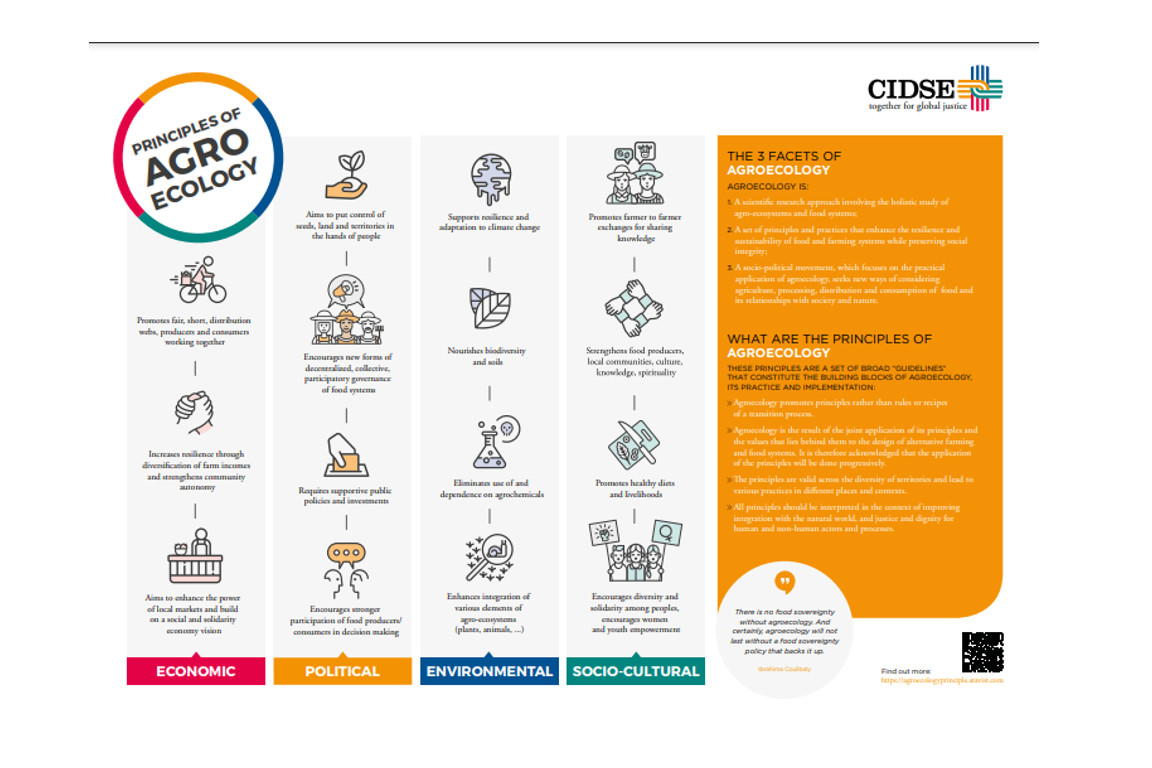
Infographie
Agroecological principles - CIDSE
Summary:Principles of Agrocecology from International Cooperation for Development and Solidarity putting in pl...

Guide
The 10 Elements of Agroecology
Summary: A useful framework produced by FAO As an analytical tool, the 10 Elements can help countries to oper...
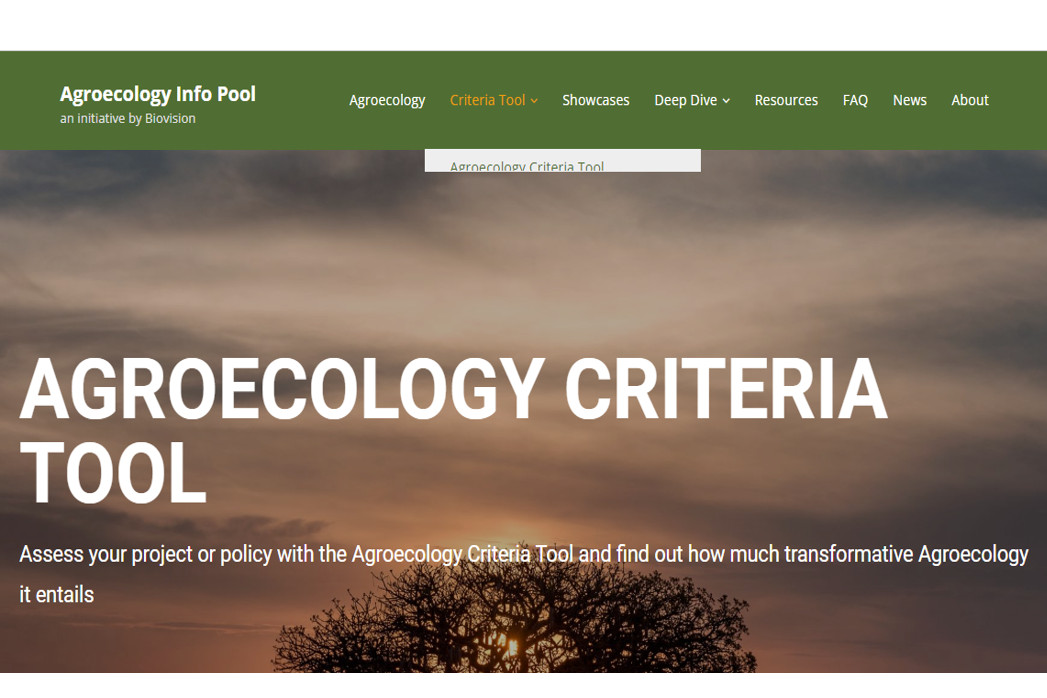
Outil
Agroecology Criteria Tool (ACT) - Biovision
Summary:The Agroecology Criteria Tool (ACT) methodology is based on the analytical framework by Gliessman on t...
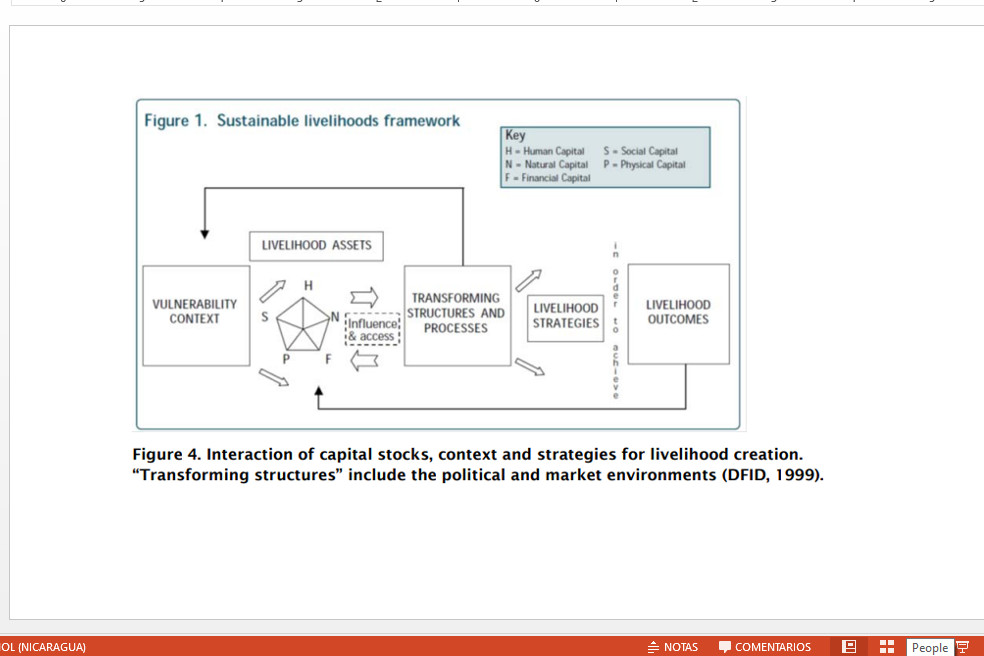
Article scientifique
RISE (Response Inducing Sustainability Evaluation)
Summary: Response-Inducing Sustainability Evaluation (RISE) developed by Swiss researchers to evaluate sustai...
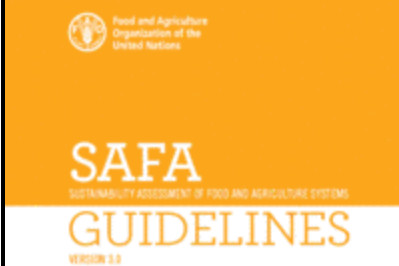
Outil
SAFA (Sustainability Assessment of Food and Agriculture Systems)
Summary: Sustainability Assessment of Food and Agriculture systems (SAFA). With a view to offer a fair playing...
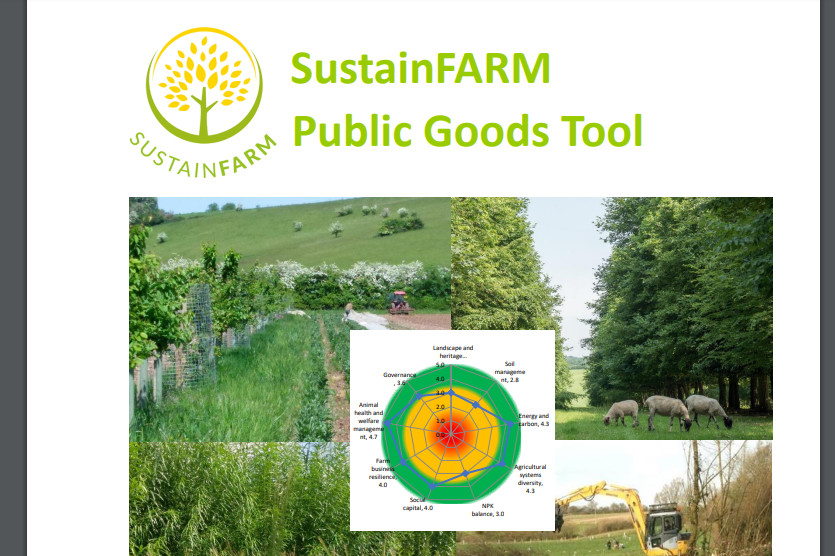
Outil
SustainFarm Public Goods Tool
Summary: The SustainFARM Public Goods Tool helps farmers assess the sustainability of their farming system wit...
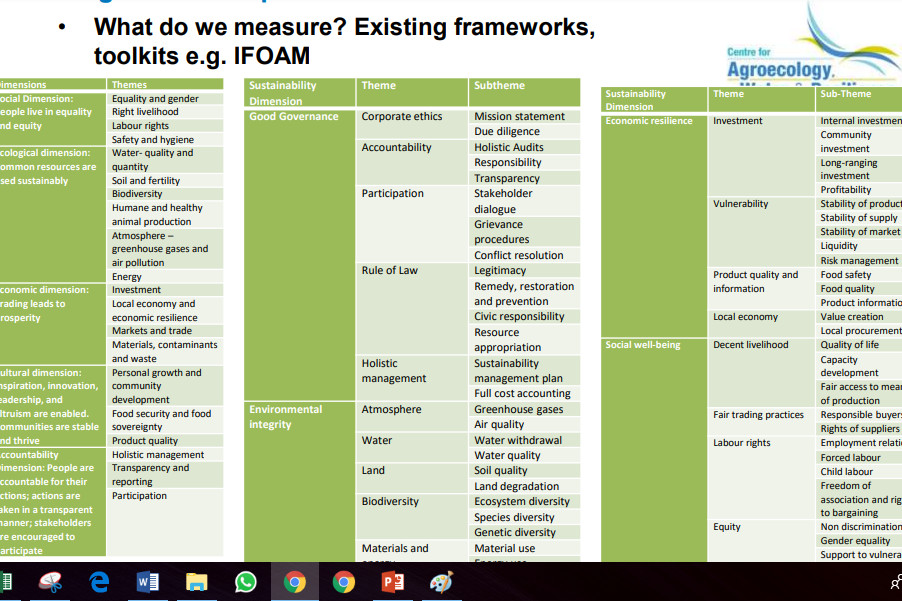
Présentation
Agroecology: how do we measure its social impact
Summary: Presentation for Coventry University, Centre for Agroecology, Water & Resilience, considering differe...
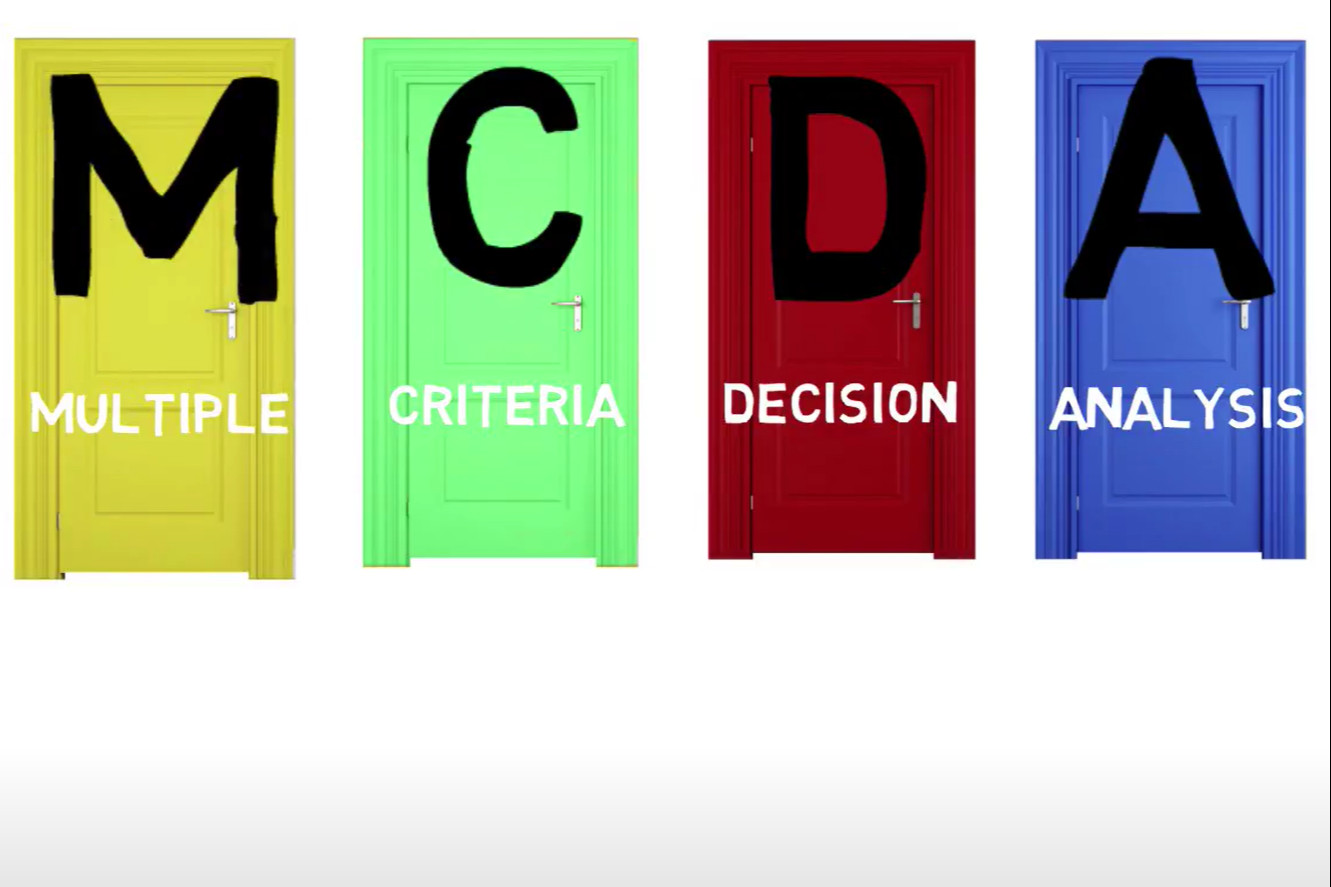
Article scientifique
Analysis of the potentials of multi criteria decision analysis methods to conduct sustainability assessment
Summary: An academic review of different methodologies used to create sustainability assessment tools, focusin...
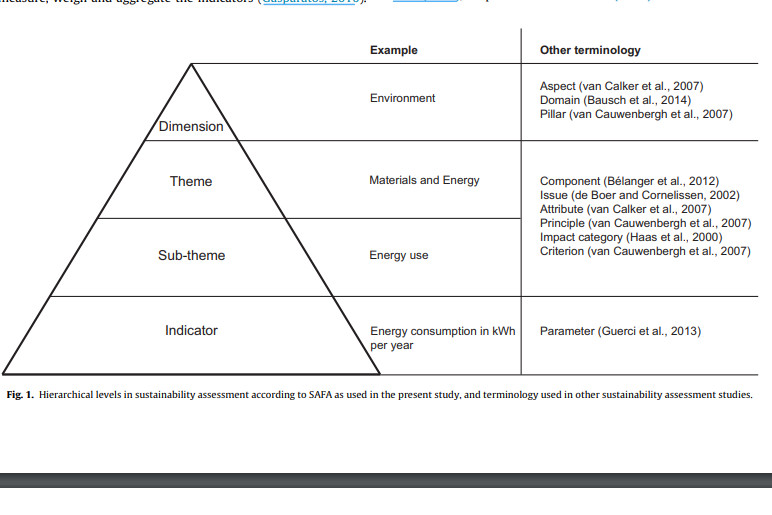
Étude de cas
Assessing sustainability at farm-level: Lessons learned from a comparison of tools in practice
Summary: An academic review of different assessment tools, used on the same farms in Denmark. Tools assessed i...